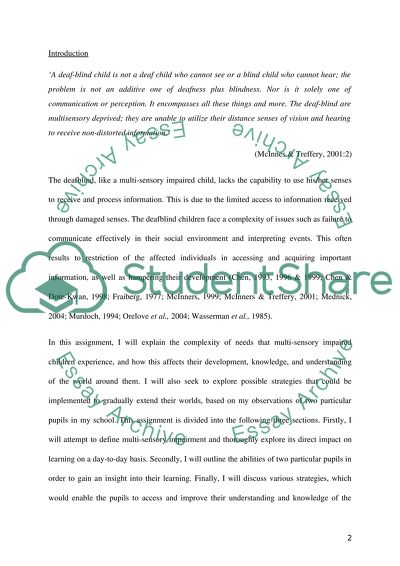Cite this document
(“Multi-sensory Impairments Affecting Children's Development Essay”, n.d.)
Retrieved from https://studentshare.org/education/1394278-multi-sensory-impairments-affecting-childrens-development
Retrieved from https://studentshare.org/education/1394278-multi-sensory-impairments-affecting-childrens-development
(Multi-Sensory Impairments Affecting Children'S Development Essay)
https://studentshare.org/education/1394278-multi-sensory-impairments-affecting-childrens-development.
https://studentshare.org/education/1394278-multi-sensory-impairments-affecting-childrens-development.
“Multi-Sensory Impairments Affecting Children'S Development Essay”, n.d. https://studentshare.org/education/1394278-multi-sensory-impairments-affecting-childrens-development.


